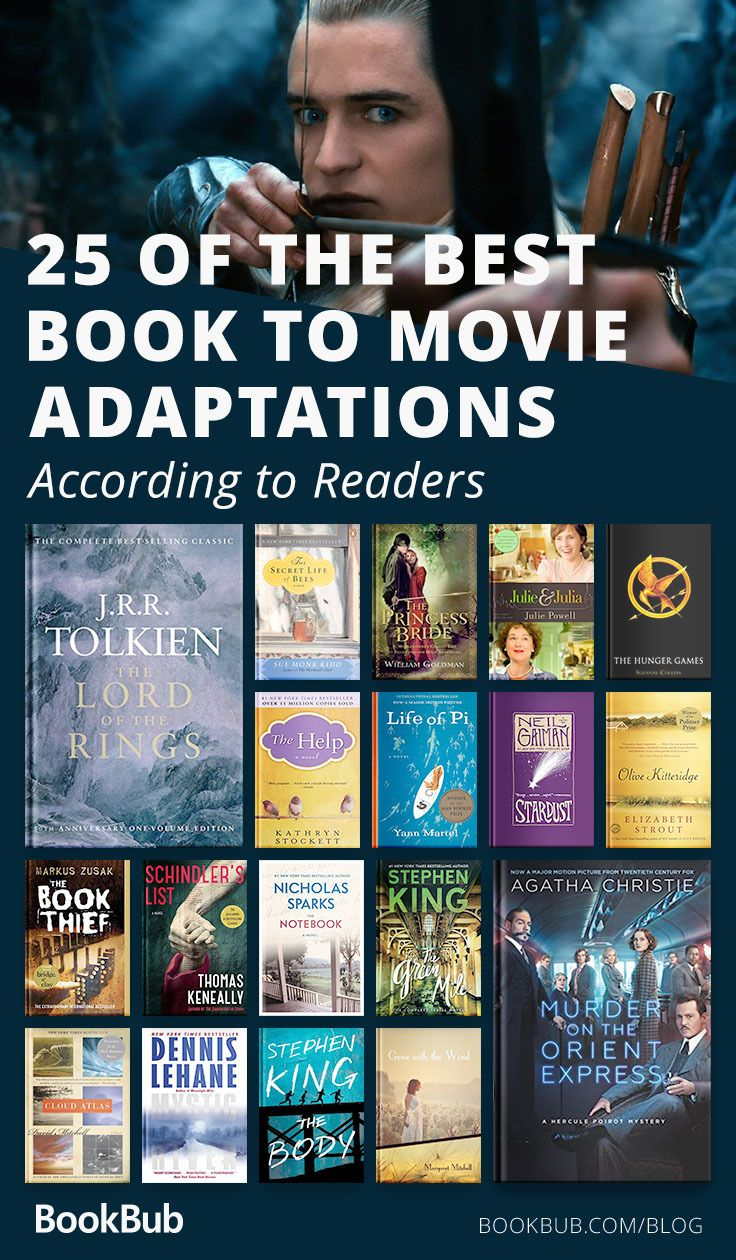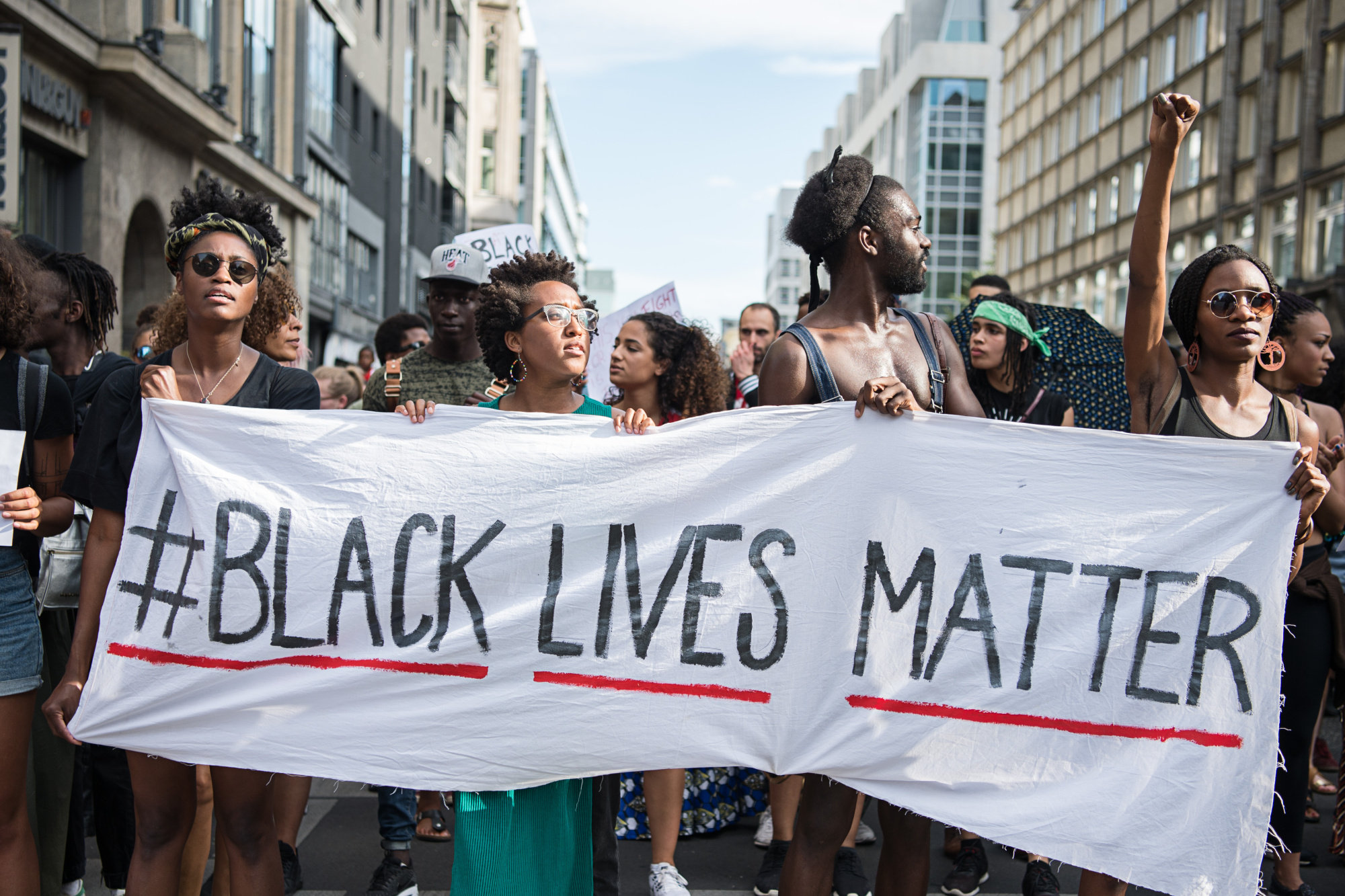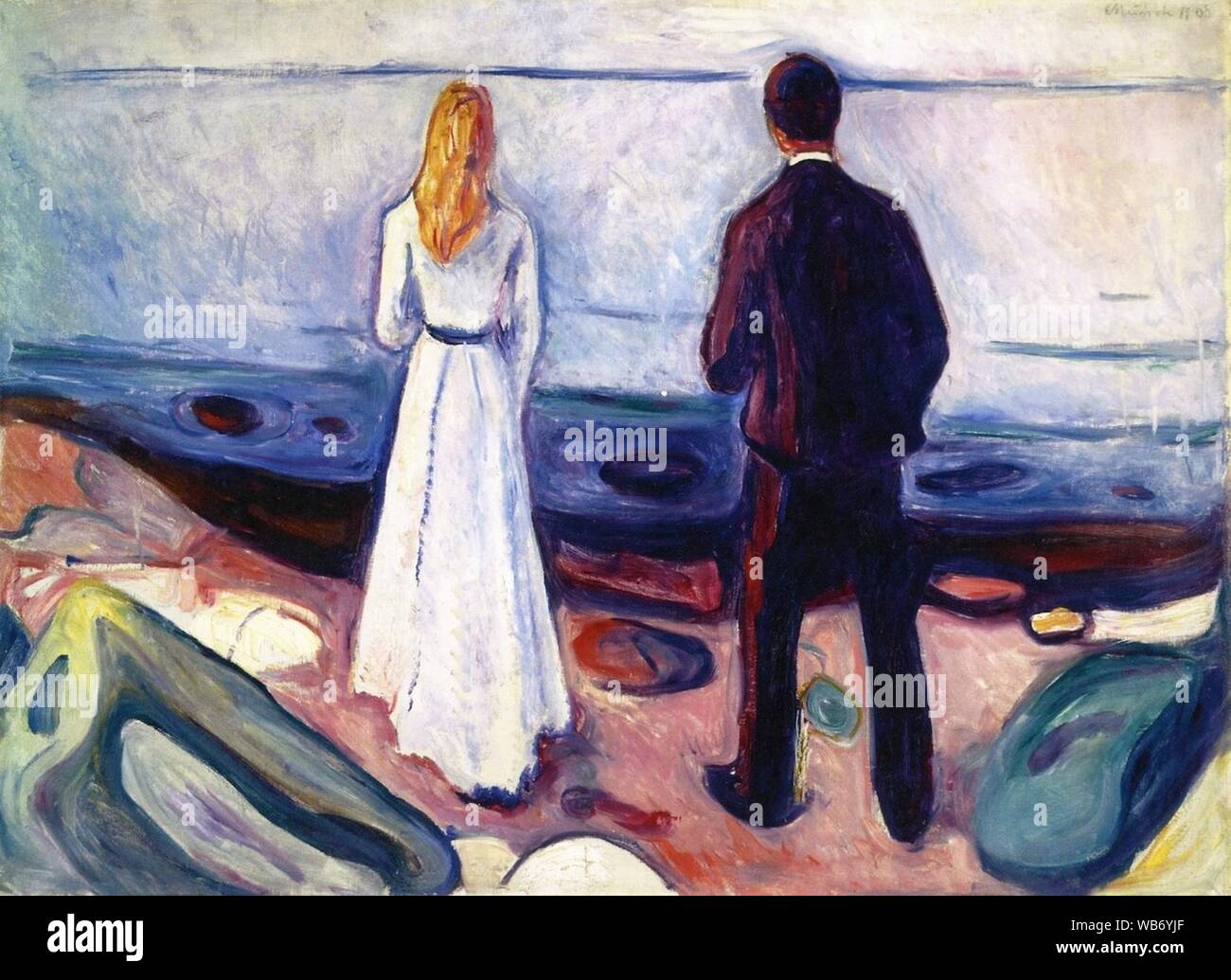Book-to-film adaptations have long captivated audiences, transforming beloved narratives from page to screen. These adaptations invite viewers into worlds crafted by authors, with the potential to enhance or alter the original story in compelling ways. As Oscar season approaches, we reflect on the best book adaptations, highlighting films that have received critical acclaim and brought literary masterpieces to life. From Stephen King’s chilling tale ‘Misery’ to the gripping portrayal of ‘L.A. Confidential,’ these film adaptations continue to spark debates about fidelity and creativity. With many Oscar-nominated adaptations emerging, it’s clear that the allure of books made into movies remains a powerful force in both literature and cinema.
Cinematic interpretations of literary works are a fascinating intersection of storytelling mediums, often referred to as movie renditions or film interpretations. Such transformations can breathe new life into tales, showcasing the artistry behind converting a written narrative into a visual spectacle. The realm of literary adaptations is vast, revealing how narratives can shift in tone and style when transitioned from books into film. This process often generates discussions around the essence of storytelling, as adaptations like ‘American Psycho’ and ‘Once Upon a Time in America’ demonstrate both the opportunities and challenges inherent in crafting a successful cinematic experience from the written word. As we delve into this dynamic subject, we uncover how some adaptations emerge as masterpieces, while others become memorable for their unique departures from the source material.
The Art of Book-to-Film Adaptations
Book-to-film adaptations have long been a fascinating topic among readers and moviegoers alike. The transition from page to screen can produce a wide range of responses, often sparking debates about fidelity to the original source material. While some adaptations are criticized for their perceived failures to capture the essence of the books they are based on, others shine through as exemplary interpretations that expand upon the themes and messages of the source. These adaptations often bring new life to beloved stories, introducing them to audiences who may never have picked up the book. It’s not uncommon for adaptations to provide fresh perspectives that resonate more deeply with contemporary viewers.
Films like ‘The Shawshank Redemption’ and ‘To Kill a Mockingbird’ are prime examples of how verbally rich narratives can be transformed into powerful cinematic experiences. These adaptations not only convey the original story’s narrative but cultivate an emotional depth that enhances the viewer’s experience. In many cases, filmmakers have the ability to visualize complex literary themes and translate them into a medium that communicates just as effectively, if not more so, than prose.
Best Book Adaptations of All Time
When discussing the best book adaptations, several films consistently surface in the conversation. From classic literary works to modern bestsellers, the adaptations that have received critical acclaim often bring something novel to their source. For instance, the adaptation of ‘Pride and Prejudice’ has won the hearts of both Jane Austen enthusiasts and new audiences alike, showcasing how the nuances of character can be beautifully rendered on screen. Films like ‘The Great Gatsby’ also exhibit the challenge of loyalty to the themes while exploring the visual artistry of the Roaring Twenties, thereby transforming the way viewers understand the original narrative.
Oscar-nominated adaptations also play a significant role in shaping public perception of literary works. ‘The Silence of the Lambs,’ for example, not only garnered multiple Academy Awards but also established a lasting legacy that revitalized interest in Thomas Harris’s novel series. These adaptations are often regarded with a certain reverence, as they stand as testaments to the power of storytelling across mediums, proving that exceptional narratives can thrive and evolve when placed in the capable hands of visionary filmmakers.
Literary Adaptations That Outshine Their Originals
There are certain literary adaptations that have garnered praise for not only staying true to the original story but also enhancing it through cinematic storytelling. One notable example is ‘The Godfather,’ originally a novel by Mario Puzo. While the book is undoubtedly a compelling read, Francis Ford Coppola’s adaptation elevates the narrative, transforming it into a cultural phenomenon complete with powerful performances and an iconic score. Such adaptations often receive accolades not just for their faithfulness to the text, but for their ability to add layers of depth that may have been overlooked in the written form.
Another standout adaptation is ‘The Handmaid’s Tale,’ which successfully translates Margaret Atwood’s dystopian vision into a gripping television series. The adaptation deepens the psychological complexities of the characters and amplifies the novel’s themes of oppression and resistance, resonating profoundly with modern audiences. By ingeniously weaving contemporary issues into the narrative, adaptations like this become relevant commentaries on society, often surpassing the original text in their impact and reach.
Oscar Nominated Adaptations: Bridging Literature and Film
Oscar-nominated adaptations highlight the very best of what literary adaptations can achieve, as they reflect both artistic merit and popular appeal. Films like ‘No Country for Old Men,’ adapted from Cormac McCarthy’s novel, received multiple nominations and underscores how faithfulness to a narrative can coexist with creative storytelling. The film encapsulates the bleak themes of the novel while innovating with cinematography and pacing that accentuates tension and character depth, making it one of the most celebrated adaptations in recent years.
Furthermore, adaptations that achieve this honor often push the boundaries of how stories are told on screen, marrying cinematic techniques with intricate storytelling. ‘Little Women’ has seen a resurgence in popularity through its latest film adaptation, which has been praised for its fresh take while honoring Louisa May Alcott’s original themes of female empowerment and family dynamics. The film navigates through various timelines and perspectives, bringing a modern sensibility to a classic text that resonates with contemporary viewers.
The Role of Writers in Film Adaptations
Writers play a crucial role in the realm of film adaptations, often serving as both the progenitors of the original stories and collaborators on their transformation into film. When authors are involved in the adaptation process, it can lead to a more faithful representation of their work. For instance, Stephen King has been intricately involved in several adaptations of his novels, usually resulting in films that capture his unique perspective on horror and character development. The relationship between writer and filmmaker can be essential to the success of the project, as their collaborative efforts can yield a piece that honors the storyline and characters while exploring new dimensions.
However, adaptations can also take creative liberties that challenge authorial intent. In cases where authors are not involved, directors and screenwriters must interpret the text and find the essence of the story that can be expressed through a different medium. This task is often fraught with challenges — balancing the book’s original heart while catering to the visual and narrative demands of film. Successful adaptations illustrate how a transformation can abandon certain elements of the story while elevating others, ultimately creating a distinct yet familiar experience for the audience.
From Page to Screen: The Challenges of Adaptation
The process of adaptation from book to screen is not without its challenges, as translating the depth of literary works into visual narratives can be daunting. One major hurdle is compressing a complex story into a standard film length while maintaining the narrative’s integrity and emotional depth. For example, adapting high-fantasy novels like ‘The Lord of the Rings’ required extensive cuts and alterations that meant leaving out beloved scenes and characters, much to the chagrin of dedicated fans. Nevertheless, the resulting films excelled through innovative storytelling techniques and breathtaking visuals, showcasing that even with changes, great stories can thrive in new forms.
Moreover, filmmakers must make strategic choices regarding character representation and plot arcs which can differ substantially from the original text. These choices reflect a balance of artistic vision and audience expectations that can result in either triumph or disappointment. When done effectively, as seen in adaptations like ‘Harry Potter,’ these modifications can convert challenging passages into visually and emotionally compelling sequences, thereby creating a fresh experience for viewers who may not have read the books. Thus, the transformation required in film adaptations often leads to exciting new interpretations of beloved narratives.
Adapting Short Stories for the Screen
The adaptation of short stories presents unique challenges and opportunities distinct from those associated with full-length novels. With limited space to convey character development and complex plots, filmmakers must find creative ways to expand themes and emotions while keeping the essence of the original work intact. For instance, Joyce Carol Oates’ short story ‘Where Are You Going, Where Have You Been?’ is a potent narrative that was skillfully expanded into the film ‘Smooth Talk.’ The adaptation successfully delves deeper into character psychology, making the protagonist’s internal struggle even more palpable for viewers.
Short stories often rely heavily on symbolic storytelling, which can be interpreted in various ways when brought to the screen. Filmmakers may opt to enhance visual metaphors or create additional scenes that accentuate the themes explored in the written text. This can be seen in numerous adaptations, where profound emotional content is enriched through visual storytelling techniques that add depth to character interactions and settings. Ultimately, adapting short stories requires a delicate approach, balancing fidelity to the original narrative while harnessing a cinematic flair to captivate audiences.
Securing the Future of Literary Adaptations
The future of literary adaptations looks promising as filmmakers continue to seek compelling narratives from the world of literature. With the rise in streaming platforms, there is greater access to diverse stories that can be adapted for mass audiences. This trend allows for innovative interpretations and experimentations that were not previously possible with traditional film releases. Authors are now increasingly aware of the potential their stories have in film, leading to an era where collaboration between writers and filmmakers is becoming the norm, resulting in adaptations that feel authentic and fresh.
Moreover, adaptations can prompt renewed interest in the original literary works, bringing classic stories into contemporary discussions. Film adaptations of important literary texts, such as ‘The 400 Blows’ and ‘The Alchemist,’ can reintroduce vital themes to new generations, challenging them to engage with the source material. Thus, literature can continue to thrive in the cinematic landscape, bridging gaps between different forms of storytelling and enriching both fields in the process.
Frequently Asked Questions
What makes some book-to-film adaptations better than the original books?
Some book-to-film adaptations manage to enhance the source material by utilizing visual storytelling techniques that highlight themes and emotions, which may not be as effectively portrayed in text. Filmmakers can explore artistic elements such as cinematography, sound, and pacing, creating a more engaging experience. For instance, adaptations like ‘L.A. Confidential’ and ‘Once Upon a Time in America’ showcase how creative liberties can amplify narrative depth.
Which Oscar-nominated film adaptations have received critical acclaim?
Several Oscar-nominated film adaptations have garnered impressive reviews, including ‘The Revenant’ (based on Michael Punke’s novel) and ‘The English Patient’ (derived from Michael Ondaatje’s book), showcasing how literary adaptations can achieve both critical and commercial success. These adaptations not only stay true to their source material but also resonate on an emotional level with audiences and critics alike.
What are some popular books made into movies that are often debated?
Popular books made into movies that spark debate include ‘The Great Gatsby’ and ‘Harry Potter’ series. Fans frequently discuss whether the film adaptations faithfully represent the novels’ themes, characters, and storylines. Generally, viewers have mixed feelings about adaptations, leading to the common phrase ‘the book was better,’ especially in cases where critical details are altered or omitted.
Are there notable examples of literary adaptations that offered a fresh perspective?
Yes, significant literary adaptations like ‘American Psycho’ directed by Mary Harron transform the original material into a new context. Harron’s version adds layers of humor and social commentary that enrich the viewing experience, allowing audiences to engage with the source material in innovative ways. Such adaptations demonstrate how filmmakers can reinterpret stories to evoke fresh perspectives.
How can book-to-film adaptations influence modern storytelling?
Book-to-film adaptations can profoundly influence modern storytelling by offering new interpretations and adjusting narratives to fit contemporary societal issues or themes. By doing so, these adaptations can bridge generational gaps, as seen in adaptations like ‘The Fault in Our Stars,’ which not only retains the core essence of the book but also makes it accessible for new audiences through updated visuals and plot pacing.
What criteria define the best book adaptations in film?
The best book adaptations are generally defined by how well they capture the essence of the original material, retain key themes, and deliver compelling performances. Successful adaptations like ‘The Shawshank Redemption’ and ‘The Godfather’ exemplify excellence by maintaining narrative integrity while skillfully translating the written word into cinematic form. Audience reception and critical evaluations also play a significant role in defining these adaptations.
Why do fans often prefer the book over the film adaptation?
Fans often prefer the book over the film adaptation due to the depth of exploration that novels can provide. Books allow for more intricate character development, detailed world-building, and inner thoughts that films may summarize or neglect due to time constraints. As a result, readers frequently feel a stronger connection to the story’s subtleties, leading to the common belief that many adaptations fall short.
What challenges do filmmakers face in adapting books into movies?
Filmmakers face several challenges in adapting books into movies, primarily the need to condense complex narratives into a limited runtime. This often involves making difficult decisions about which elements to include or omit while ensuring that the core story resonates. Additionally, striking a balance between remaining faithful to the source material and making the film visually compelling can be a significant hurdle.
Can literary adaptations achieve commercial success?
Yes, literary adaptations can achieve substantial commercial success, especially if they succeed in capturing popular stories with built-in fan bases. Movies based on bestselling books like ‘The Hunger Games’ and ‘Twilight’ illustrate how adaptations can thrive at the box office. Successful marketing and the ability to resonate with audiences further contribute to their commercial viability.
What role do critics play in shaping the perception of book-to-film adaptations?
Critics play a significant role in shaping the perception of book-to-film adaptations by providing insights about how well the adaptation captured the essence of the original work. Their evaluations can influence audience expectations and reception, potentially impacting a film’s box office success or cultural standing. A positive review can elevate a lesser-known adaptation into the public eye, while critical reviews can lead to discussions about the efficacy of the adaptation.
| Title | Author | Genre | Key Points | Film Adaptation | Notable Element |
|---|---|---|---|---|---|
| Misery | Stephen King | Horror | Explores fame, writing through captivity plot | 1990 film featuring James Caan and Kathy Bates | Bates won an Oscar for Best Actress. |
| L.A. Confidential | James Ellroy | Crime Fiction | A gritty homage to the moral rot of 1950s L.A. | 1997 film nominated for Best Picture | Nails the characters and the L.A. essence. |
| Jack Reacher | Lee Child | Thriller | Features a roaming hero with various thematic explorations | Two films with Tom Cruise and a TV series | Controversial casting of Cruise. |
| The Hoods | Harry Grey | Autobiographical | Semi-autobiographical tale of a Jewish gang | 1984 film ‘Once Upon a Time in America’ | Transformed by operatic filmmaking. |
| American Psycho | Bret Easton Ellis | Satire | Critique of modern life with dark humor | Adapted by Mary Harron, praised for liveliness | Ellis disliked the adaptation. |
| Where Are You Going, Where Have You Been? | Joyce Carol Oates | Short Story | Tense confrontation in suburban life, enhanced backstories | Adapted into the 1985 film ‘Smooth Talk’ | Laura Dern’s portrayal praised by Oates. |
Summary
Book-to-film adaptations have often sparked debate about their fidelity to the source material. While the phrase “the book was better” is a common refrain, certain adaptations can enhance or reinterpret the original narratives in meaningful ways. The recommendations by Harvard faculty illustrate how some adaptations not only stay true to their literary roots but also bring fresh perspectives, deepen character development, and reveal new thematic layers. As these adaptations prove, while the original text may hold a certain magic, the cinematic retelling can breathe new life into well-loved stories.




